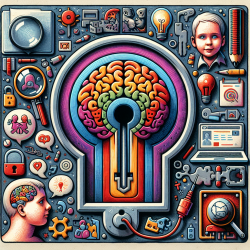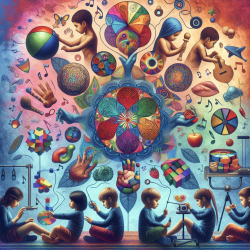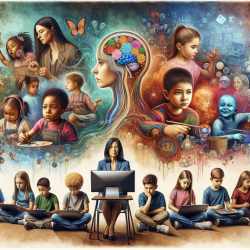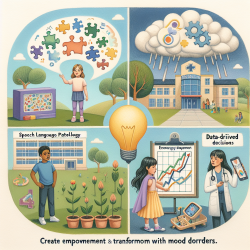Introduction
In the realm of speech-language pathology, the quest for improving therapeutic outcomes for children with autism is ever-evolving. The study titled Fusiform Correlates of Facial Memory in Autism provides compelling insights into the neuroanatomical underpinnings of facial memory deficits in individuals with Autism Spectrum Disorder (ASD). By understanding these insights, practitioners can tailor their approaches to better support children in developing crucial social and cognitive skills.
Key Findings from the Research
The study reveals significant differences in brain structures associated with facial memory between children with ASD and typically developing controls (TDC). Notably, individuals with ASD exhibited larger volumes in the left amygdala and hippocampus but smaller left fusiform gyrus volumes compared to TDC. These structural differences were correlated with poorer performance on delayed facial memory tasks in the ASD group.
Interestingly, the study highlights a negative correlation between the size of the fusiform gyrus and hippocampus and facial memory performance in children with ASD. This suggests that larger volumes may be indicative of abnormal neural connectivity, impacting the ability to process and remember facial information.
Implications for Practice
For practitioners, these findings underscore the importance of incorporating strategies that address both the cognitive and neural aspects of facial memory. Here are some practical steps to consider:
- Customized Interventions: Develop individualized therapy plans that focus on enhancing facial recognition and memory skills. Utilize tools and exercises that engage the fusiform gyrus and related brain regions.
- Multimodal Approaches: Integrate visual, auditory, and kinesthetic learning modalities to reinforce facial memory. This can include using pictures, videos, and interactive activities that mimic real-life social interactions.
- Collaborative Efforts: Work closely with parents, educators, and other professionals to create a supportive environment that fosters social engagement and memory retention.
- Continuous Learning: Encourage ongoing professional development and research to stay informed about the latest findings in neurodevelopmental disorders and their implications for therapy.
Encouraging Further Research
While the study provides valuable insights, it also opens avenues for further research. Understanding the dynamic relationship between brain structure and function in ASD can lead to more effective interventions. Practitioners are encouraged to explore additional studies and contribute to the growing body of knowledge in this field.
To read the original research paper, please follow this link: Fusiform Correlates of Facial Memory in Autism.










